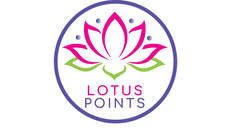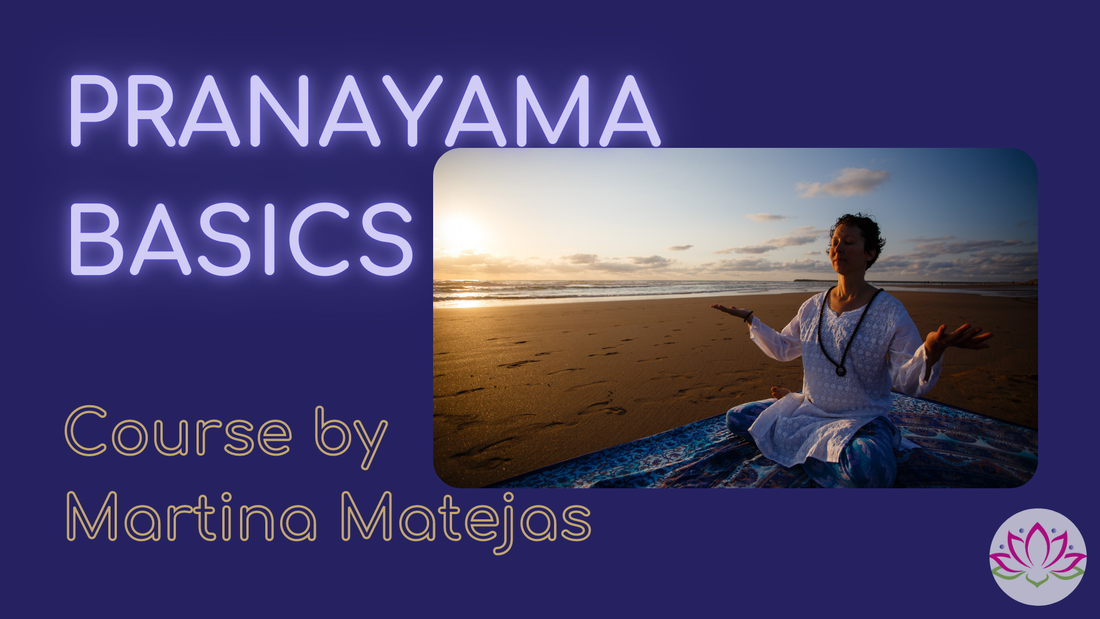Background
Upanishads, Baghavad Ghita, Patanjali
Sanskrit word 'yoga' means unity, the unity of an individual soul (atman) with the universal consciousness (brahman). There is so much that can be said about yoga, but to keep it simple, I will just give you the 'definitions' of the discipline of Yoga, that appear in these three texts, which are considered to be the authority on Yoga, as well as the Sanatana Dharma tradition.
Maitrayaniya Upanishad defines yoga as a means of binding the breath and the mind using the syllable Om: "The oneness of the breath and mind, and likewise of the senses, and the relinquishment of all conditions of existence-this is designated as yoga."
|
Bhagavad Gita
YOGAH KARMASU KAUSHALIM Yoga In all actions excellence Interpretations: - Search of excellence takes a person into yoga - Competition is with noone - Detached from results of actions, liberated from outcomes - Performance can change, but committment is equal - Only good deeds can become best |
SAMATVAM YOGA UCHYATE consistency yoga Is called If we combine this statement with the previous one, we can infer that Yoga is consistent excellence. |
Patanjali: Yoga Sutras
YOGA CHITTA VRTTI NIRODHAH
yoga mind patterns stop/control/eliminate
fluctuations/waves
To paraphrase, Yoga calms the mind.
What is mind? It is the software of the brain. So, yoga is the antivirus software for the mind. In old days they thought that the mind is the belief that 'I' is separate from the world around and the universe. Yoga achieves that individuality transitions into oneness.
Patanjali is considered to be a father of modern yoga. Based on the ancient scriptures, he devised a system, and analyzed all the parts. We call this system Ashtanga Yoga, (Ashta=eight, Anga=limb), or eight limbs of yoga, because it consists of eight equally relevant parts, petals of the same flower, surrounding the pollen which is the oneness.
YOGA CHITTA VRTTI NIRODHAH
yoga mind patterns stop/control/eliminate
fluctuations/waves
To paraphrase, Yoga calms the mind.
What is mind? It is the software of the brain. So, yoga is the antivirus software for the mind. In old days they thought that the mind is the belief that 'I' is separate from the world around and the universe. Yoga achieves that individuality transitions into oneness.
Patanjali is considered to be a father of modern yoga. Based on the ancient scriptures, he devised a system, and analyzed all the parts. We call this system Ashtanga Yoga, (Ashta=eight, Anga=limb), or eight limbs of yoga, because it consists of eight equally relevant parts, petals of the same flower, surrounding the pollen which is the oneness.
Eight limbs of Yoga.
To mentally and logically understand the system of yoga, and all its dimensions, we can compare it to a flower or a spider. All eight parts are equally important in the journey to reach the unity with the super-consciousness. They are not the steps, but the higher dimensions are hard to achieve if we are not practicing the basic ones. We can also use a metaphor of a house and say that Yamas and Niyamas are the foundations, and the Samadhi is the roof. However your mind sees it, try to incorporate all of these into your daily life, and your path to oneness will be much easier and shorter.
|
YAMAS - Social Code:
Asanas - The Postures: Achieve balance, strength and flexibility. The purpose of Asana practice is to achieve ability to sit in the lotus posture for a long period of time, without discomfort, so that Samadhi can happen. Asanas improve the energy flow in our physical body (Sthul Sharira). |
NIYAMAS - Personal Code:
Pranayama - Breathing Techniques Use your breath as a medium of delivering fresh and new life energy. Different types of breath cause purity of thoughts, raise or lower body temperature, stimulate the pineal gland, etc. Pranayama improves the energy flow in our subtle body (Shukshmu Sharira). |
|
Pratyahara - mastery over external stimuli/influences This limb of yoga is often called 'withdrawal of senses', and can give us a wrong idea. The senses simply do not register what is outside, but their sensors are turned inward, so to speak. We attempt to focus on internal body processes, we listen to the breath, count the heart beats, or feel the air on the tip of the nose, just to name the basic few. Pratyahara is crucial in achieving deep concentration. These two limbs go hand in hand. |
Dharana - Concentration Concentrate either on the external object or an internal idea, or vision/image. It is said that our body is the chariot, the senses are the horses and the mind is the driver. In Pratyahara, the horses are sleeping, and in Dharana, the driver is taking a nap. When you are not using the chariot, there is no point in keeping the horses and the driver in motion. Dharana is the last dimension that can be actively done, intentionally and on purpose. |
Dhyana and Samadhi
These two dimensions of the journey happen when we practice the other six consistently. They just occur, when the mind is completely absent and not disturbing the flow of the exchange between our body and the source. There have been many descriptions and analyses of Samadhi, its stages and how our consciousness 'travels', but they are all useless because we can never reach those by understanding, but by doing. How can a mind grasp something that is beyond its reach?
These two dimensions of the journey happen when we practice the other six consistently. They just occur, when the mind is completely absent and not disturbing the flow of the exchange between our body and the source. There have been many descriptions and analyses of Samadhi, its stages and how our consciousness 'travels', but they are all useless because we can never reach those by understanding, but by doing. How can a mind grasp something that is beyond its reach?
Chakras
Although not directly linked to the practice of yoga - the chakra system stems from the Ayurvedic medicine and Vedic anatomy - chakras are frequently used in many practices (meditation and healing techniques) to represent a layer or dimension of existence, on physical, mental and subtle level.
Chakras are meeting places of nadis (energy channels). There are 114 chakras in our body, 7 of which have the strongest power. Other 'minor' chakras (107) are known as MARMA POINTS (used in acupuncture and acupressure treatments). It is believed that each living entity has chakras, not just humans or animals, but plants and planets.
I will create a series of videos about the main chakras, namely the first four. You can find those on my YouTube channel. The videos are based on this presentation:
Chakras are meeting places of nadis (energy channels). There are 114 chakras in our body, 7 of which have the strongest power. Other 'minor' chakras (107) are known as MARMA POINTS (used in acupuncture and acupressure treatments). It is believed that each living entity has chakras, not just humans or animals, but plants and planets.
I will create a series of videos about the main chakras, namely the first four. You can find those on my YouTube channel. The videos are based on this presentation:
You can access the audio for meditations here:
Second Chakra: No Dimension
Fourth Chakra: Nada Brahma
Second Chakra: No Dimension
Fourth Chakra: Nada Brahma
Learn more... Which sources to search?
Patanjali's Yoga Sutras, with commentaries and explanations, are the best place to start.
After that read Hatha Yoga Pradipika.
Not to get lost in the flood of all those yoga variations out there, have in mind that the four traditional paths of yoga are:
After that read Hatha Yoga Pradipika.
Not to get lost in the flood of all those yoga variations out there, have in mind that the four traditional paths of yoga are:
|
So, in order to stay on the easiest path, choose one of those that appeal to you. It is normal to experiment and investigate, try some other and new 'side ways'. However, be careful that you are not being seduced by good marketing, while not actually getting ahead. The rule of the thumb is that if you do not see and feel the progress in your metabolism, thinking patterns, or relationships within a month, or three months (depending on how often you practice), you should take another path. Consistency is the key, so once you start seeing the progress, continue and intensify your practice. Remember that your ligaments need about nine months to become more flexible, so don't expect to become a contortionist in a month!
Googling any of the paths or limbs of yoga will open good sources. You can download Upanishads and Bhagavad Ghita for free. A specific book I can recommend is the Autobiography of a Yogi . It will inspire you to stay on the path until you find your balance, creativity, and success. Each year, the Indian Government issues an official Common Yoga Protocol, to celebrate the International Day of Yoga. You can DOWNLOAD THE RECENT COPY OF THE PROTOCOL BY CLICKING HERE. |







